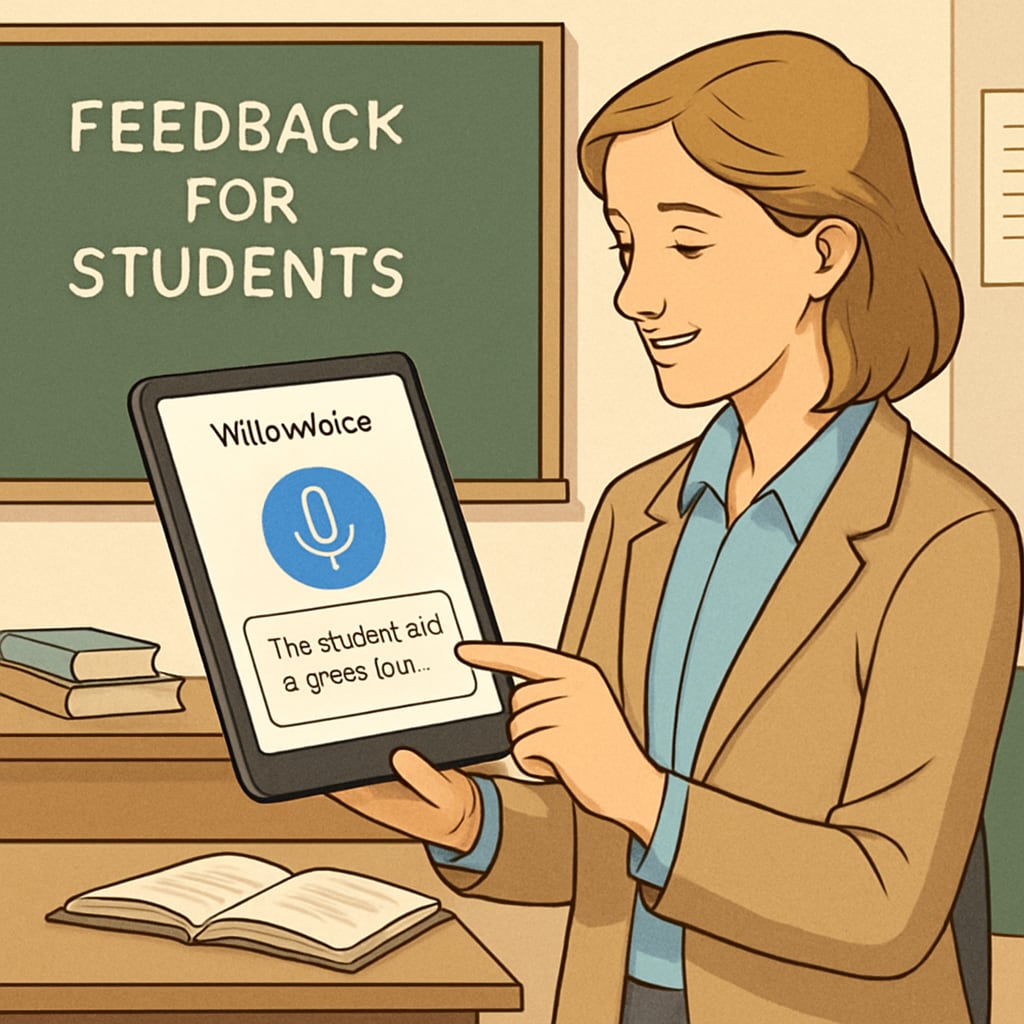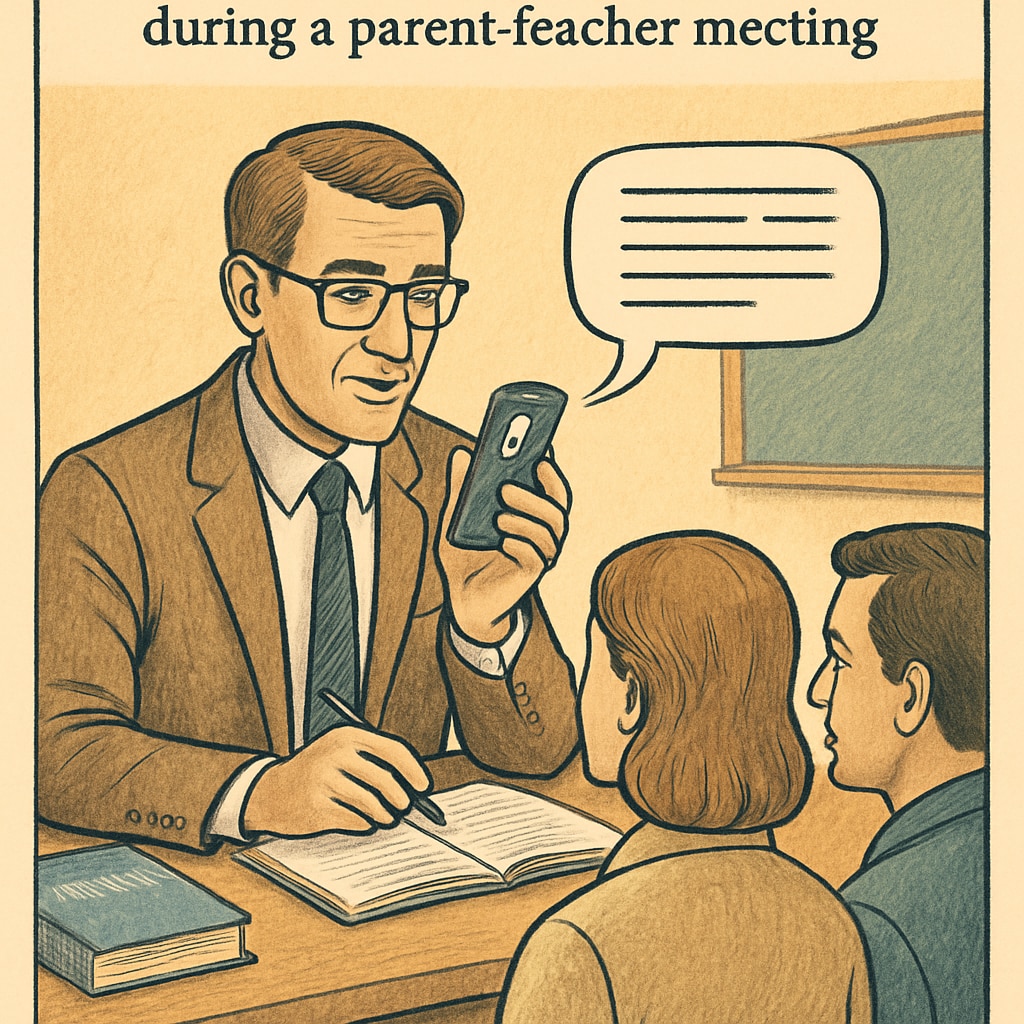In the dynamic world of K12 education, teachers often find themselves overwhelmed by administrative tasks, leaving less time to focus on students. Enter speech-to-text technology, a revolutionary tool that is transforming teacher workflows. Tools like WillowVoice are not only alleviating the administrative burden but also enhancing teaching quality through efficient processes in areas such as student feedback, lesson planning, and parent-teacher communication.
Streamlining Administrative Tasks with Speech-to-Text Technology
Administrative tasks, including grading, documenting feedback, and preparing reports, can consume a significant amount of a teacher’s time. Speech-to-text solutions like WillowVoice allow educators to dictate notes, feedback, and reports verbally, which are then transcribed into text almost instantly. This reduces the need for manual typing and enables teachers to focus on more critical aspects of their work, such as interacting with students and refining their lessons.
For example, a teacher can use WillowVoice to quickly provide personalized feedback on assignments. Instead of typing lengthy comments, the teacher can speak naturally, and the tool will convert the spoken input into precise, readable text. As a result, teachers can provide more detailed feedback in less time, which directly benefits student learning.

Enhancing Lesson Planning and Collaboration
Lesson planning is another area where speech-to-text technology proves invaluable. Teachers often have creative ideas for lessons but may lack the time to capture them in writing. By using speech-to-text tools, they can record their thoughts on the go, which are then automatically transcribed into structured lesson plans.
In addition, these tools facilitate collaboration among educators. Teachers can share transcriptions of their ideas with colleagues for feedback or co-development of lessons. This seamless exchange of information fosters a collaborative environment that benefits the entire school community.
Improving Parent-Teacher Communication
Clear and consistent communication with parents is crucial for student success. Speech-to-text technology helps streamline this process by allowing teachers to draft emails, meeting notes, or progress reports through voice commands. Tools like WillowVoice ensure accuracy and save time, enabling teachers to communicate effectively without added stress.
For instance, during parent-teacher meetings, educators can use speech-to-text to record key points discussed. The transcriptions can then be shared with parents as a follow-up, ensuring everyone remains aligned on the student’s progress and needs.

Supporting Special Education Documentation
Special education teachers often face additional documentation requirements, including Individualized Education Plans (IEPs) and progress tracking. Speech-to-text tools simplify this process by enabling teachers to dictate observations and updates in real time. The resulting transcripts are not only accurate but also stored digitally for easy access and compliance purposes.
Furthermore, these tools help maintain detailed records, which are essential for tailoring instruction to meet the unique needs of each student. By reducing the time spent on documentation, teachers can devote more energy to providing high-quality instruction and support.
As educational demands continue to grow, technologies like WillowVoice offer a lifeline for teachers. By streamlining workflows and reducing administrative burdens, speech-to-text technology enables educators to focus on their primary mission: teaching and inspiring the next generation. With its ability to enhance efficiency, improve communication, and support tailored instruction, this technology is poised to revolutionize the landscape of K12 education.
Readability guidance: This article uses concise paragraphs, clear subheadings, and examples to enhance understanding. Lists and visual aids (via images) are included to summarize key points effectively. Overuse of passive voice and long sentences has been avoided to ensure clarity.


